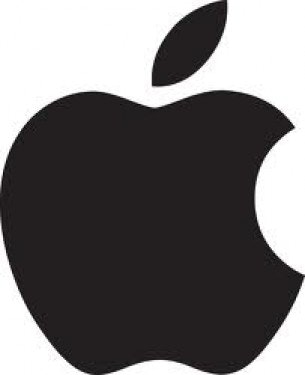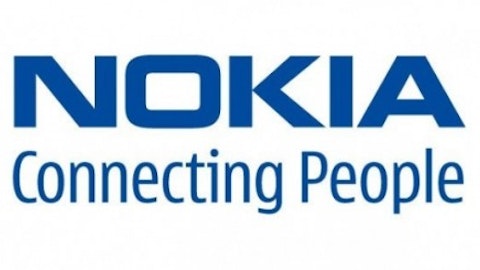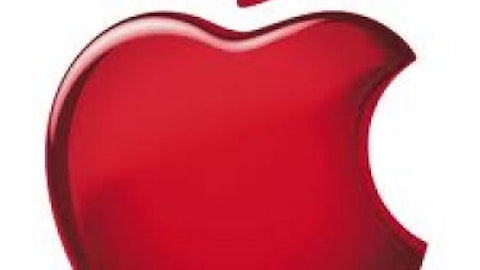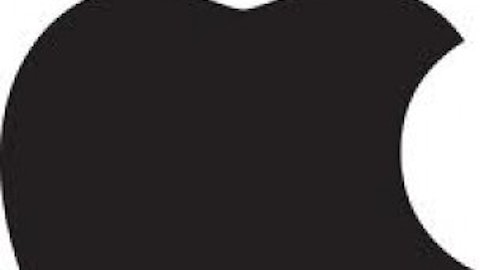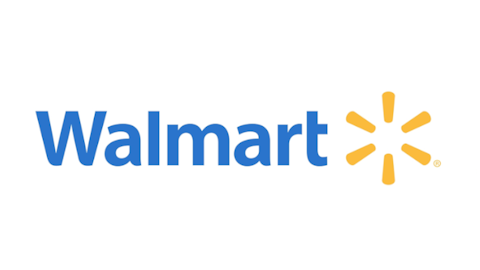September 2012: For Apple Inc. (NASDAQ:AAPL) it was a prosperous time. New products excited investors and consumers alike. Every quarterly report crushed even the most optimistic expectations. There were even talks that Apple could become the first trillion dollar corporation. Two months later Apple Inc. (NASDAQ:AAPL) came crashing down, along with its share price. Concerns about lost market share, recycled products and shrinking margins became the new story. Ten months after reaching its all-time high Apple is now trading 40% lower.
Apple’s share price continued to drop despite record-setting numbers each quarter. We are at a point where it is hard to explain the rationale behind Apple Inc. (NASDAQ:AAPL)’s current valuation. It is trading at a level more in line with a failing company than a company in its prime.
Valuation metrics
The most basic valuation technique is to use a company’s P/E ratio to see how expensive a company’s earnings are. The ratio takes into account everything from the strength of the company’s balance sheet to expectations of future earnings. The higher the ratio the stronger we believe the company is. I selected five companies that share, if not identical, similar traits to Apple Inc. (NASDAQ:AAPL). As you can see Apple’s forward P/E ratio is significantly lower than these peers.

Growth was the main driving force when Apple’s share price shot up, but is also the reason why Apple has dropped the way it did. Growth expectations are baked into the P/E ratio, which could explain why Apple’s earnings are priced as cheaply as they are. Even though companies such as Wal-Mart Stores, Inc. (NYSE:WMT) and Microsoft Corporation (NASDAQ:MSFT) are not known for their growth, for the sake of this argument we will assume growth is why the P/E ratio is so low.
I will be using the PEG ratio to take a look at how much the market values Apple’s earnings growth. The PEG ratio takes a company’s P/E ratio and divides it by expected growth rate. I will be using numbers from the NASDAQ website which uses earnings projections by Zacks Investment Research. Apple Inc. (NASDAQ:AAPL)’s PEG ratio is even more telling as it is under half of the PEG ratios of its peers. The market values Apple’s earnings cheaply not just because of earnings growth.

So what is Apple really doing wrong? As a stock only Verizon has a higher dividend yield than Apple, and like the other technology companies Apple has almost no debt. Other companies also do not have as much cash on hand to support their share price. Apple has $145 billion in cash — 37% of its market cap. This is twice as much as Microsoft Corporation (NASDAQ:MSFT)’s $70 billion, or 25% of market cap, and nearly three times as much as Google’s $50 billion, or 20% of market cap. Apple Inc. (NASDAQ:AAPL) also has plans to return $100 billion to shareholders by the end of 2015. This represents over a quarter of what you would pay per share today.
